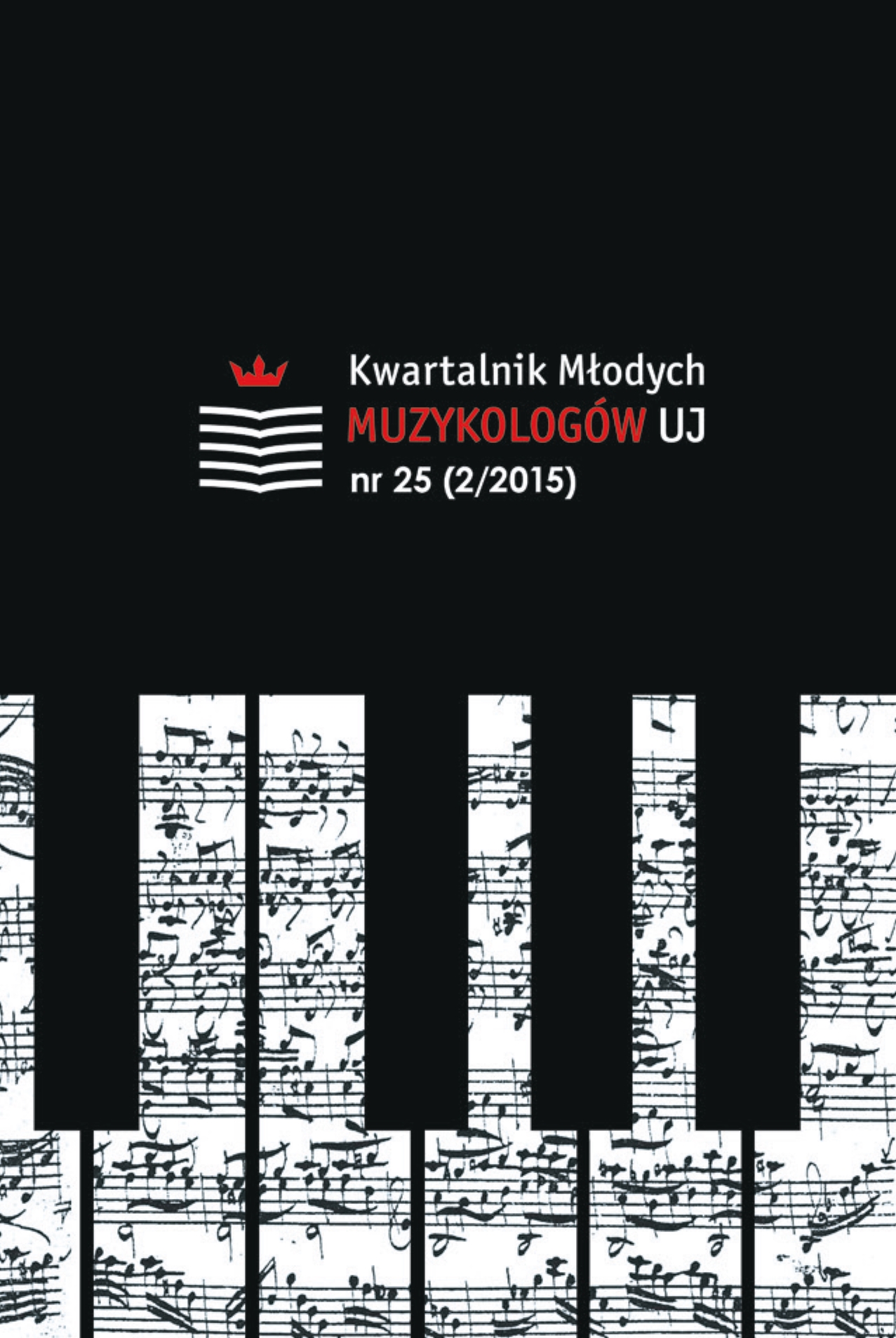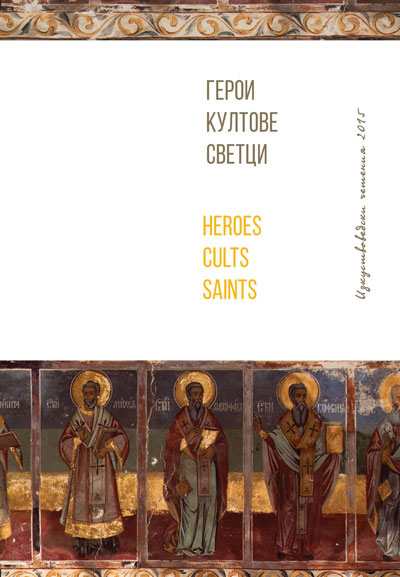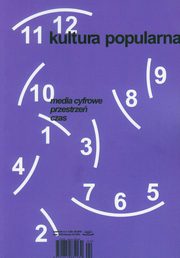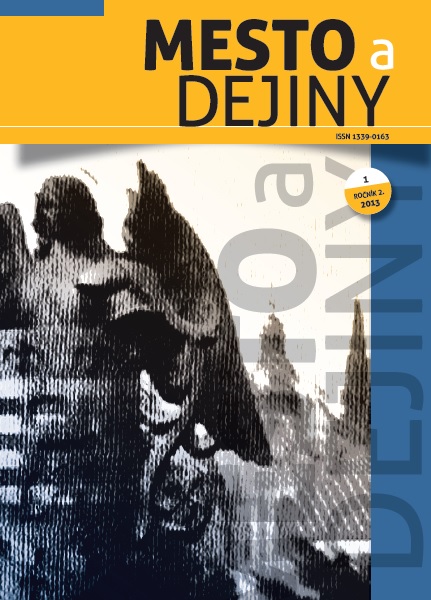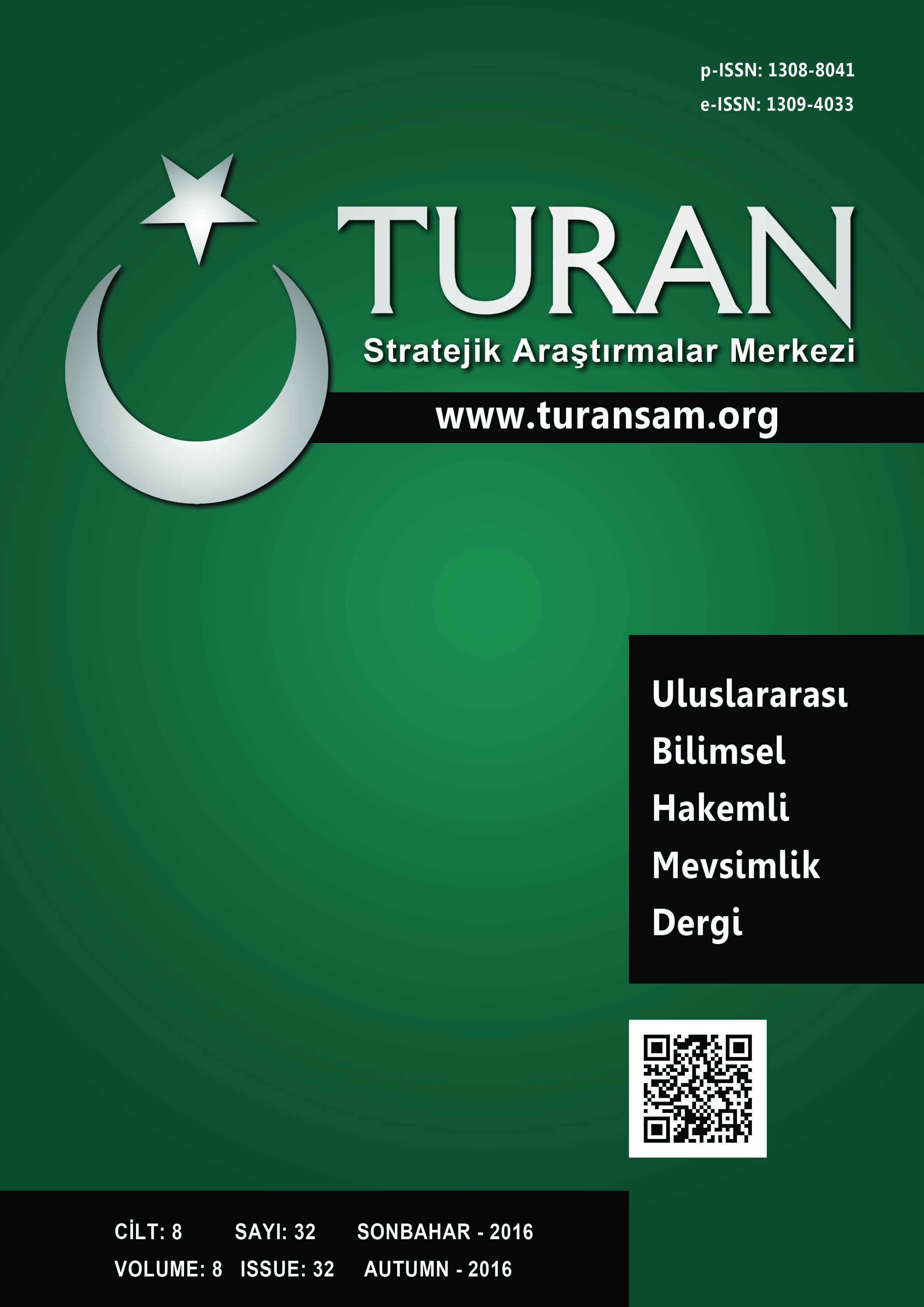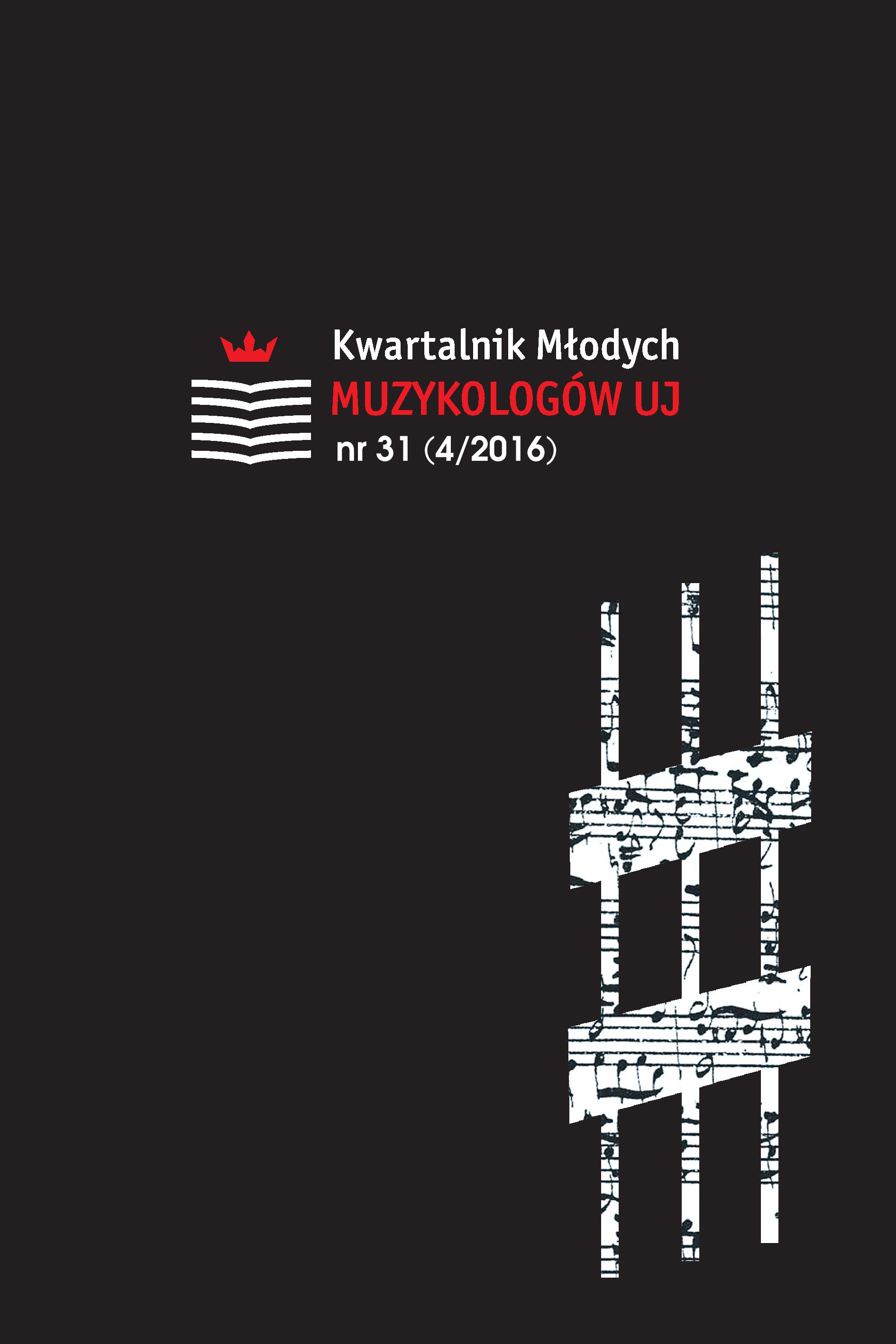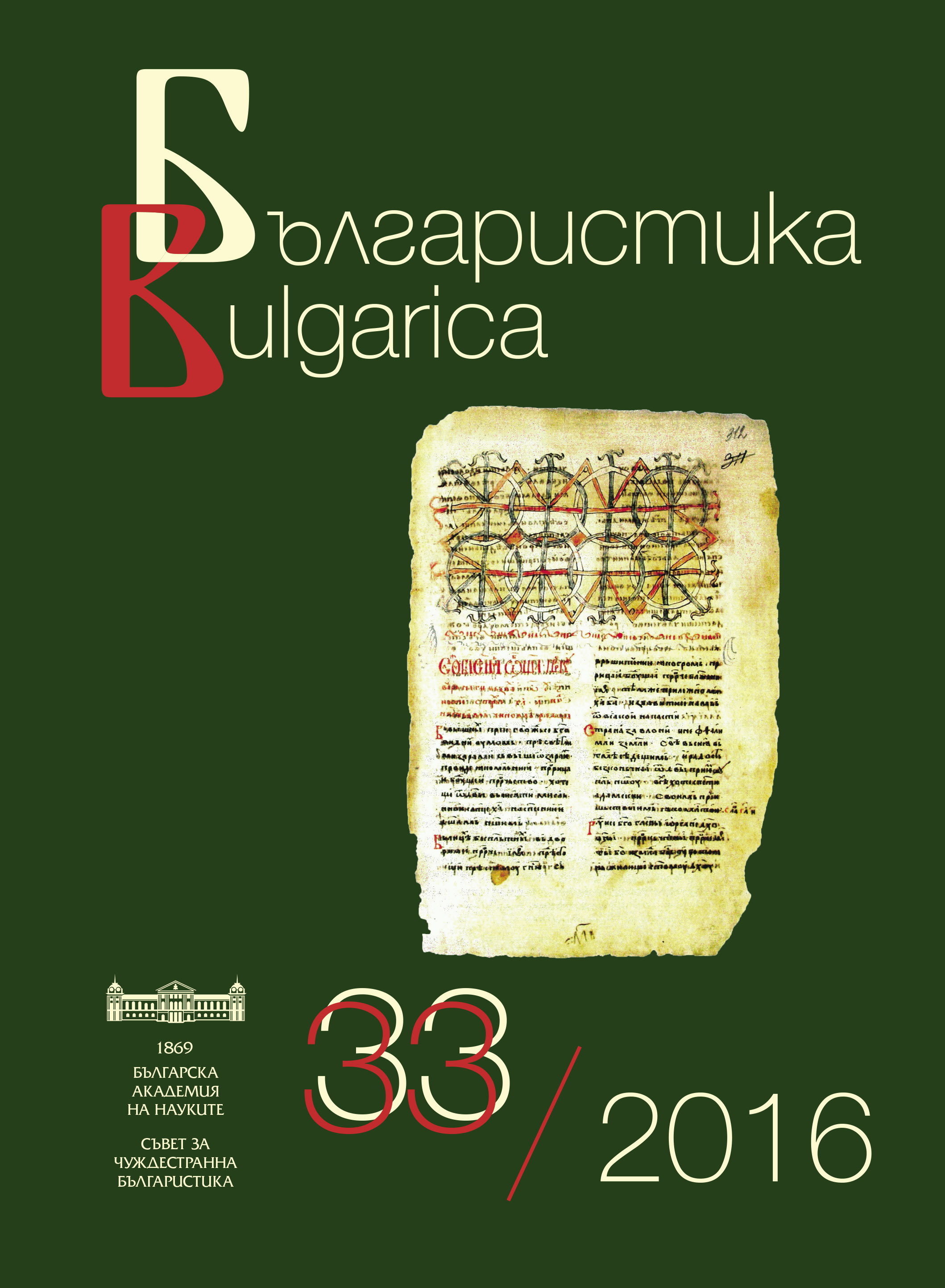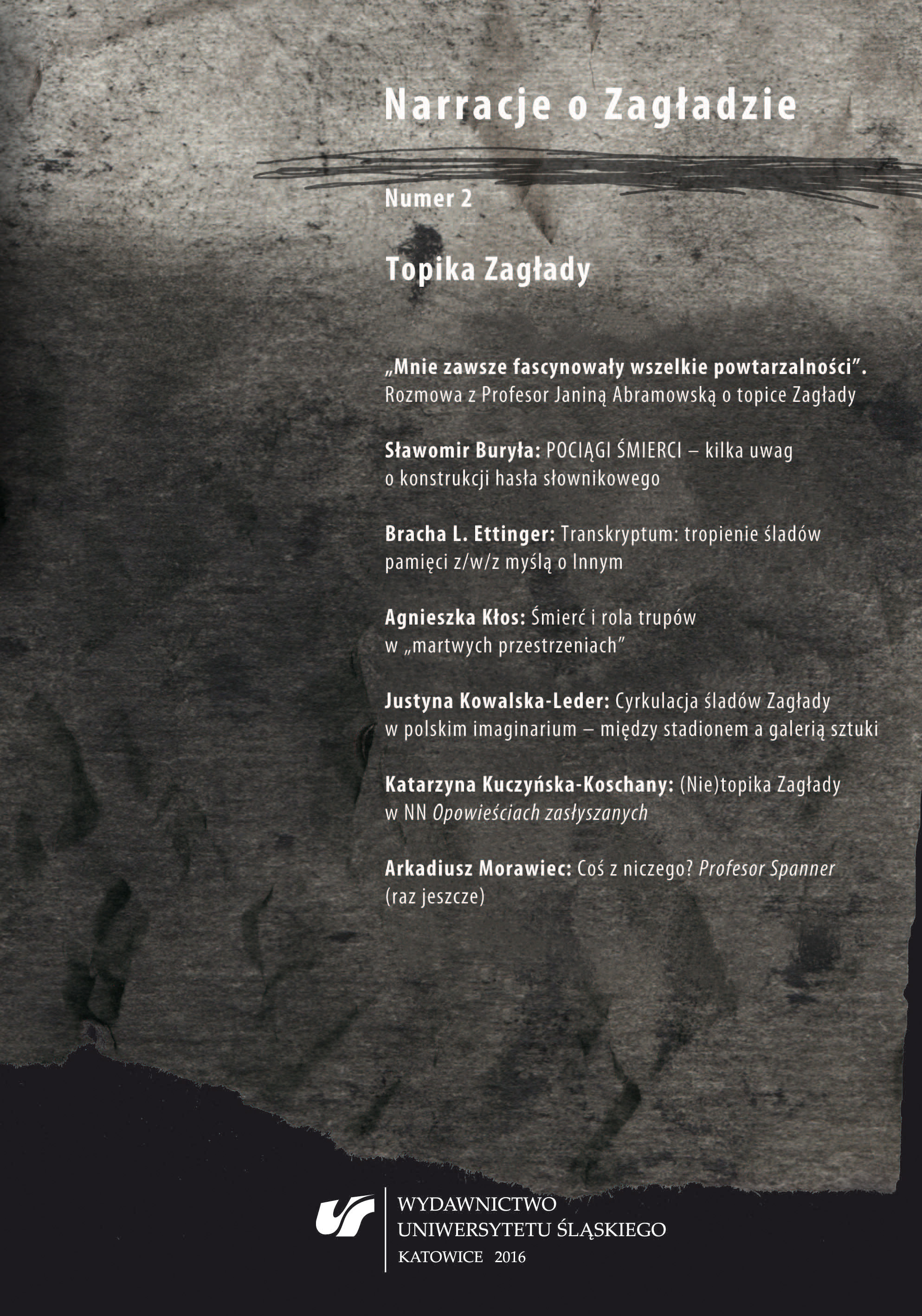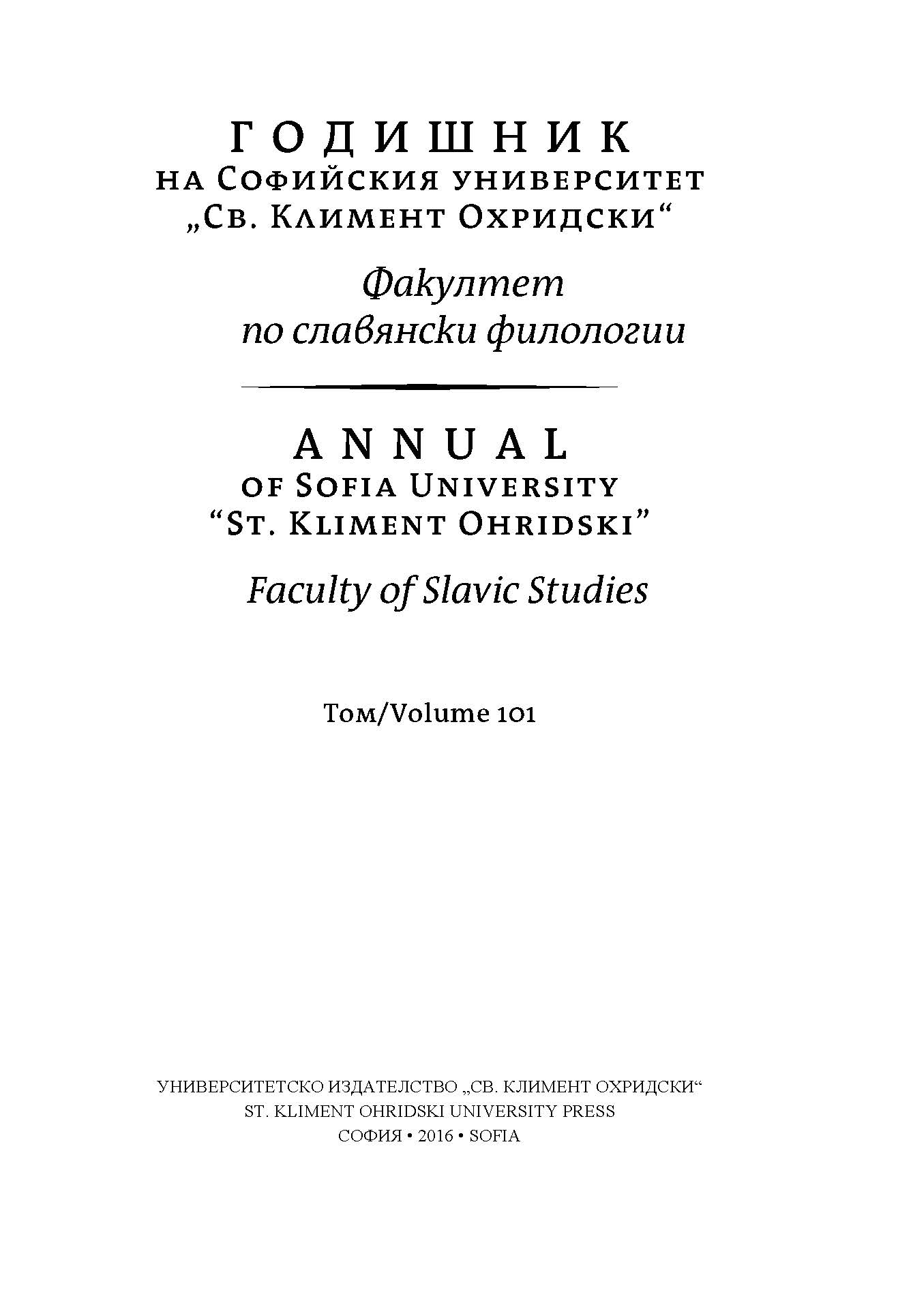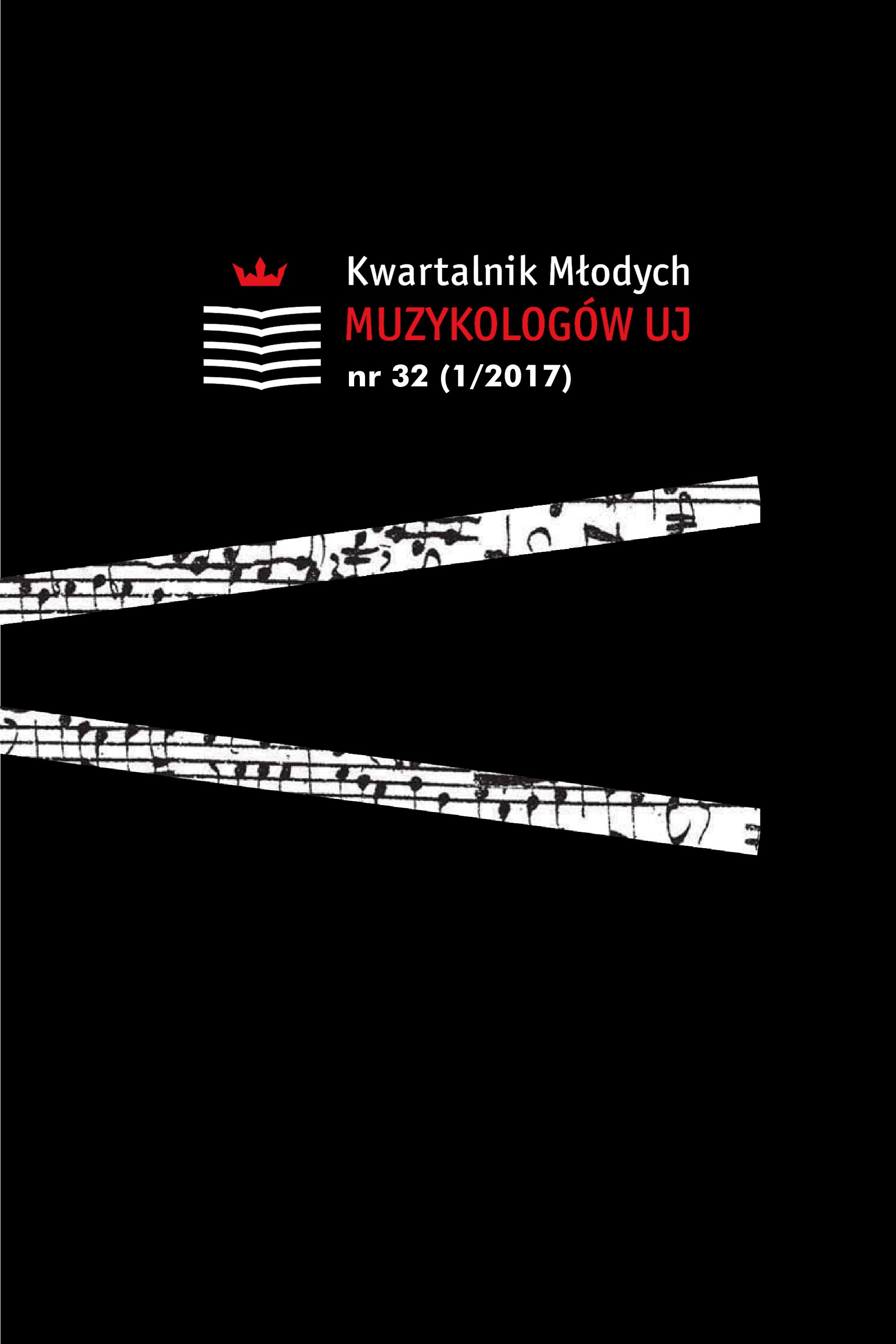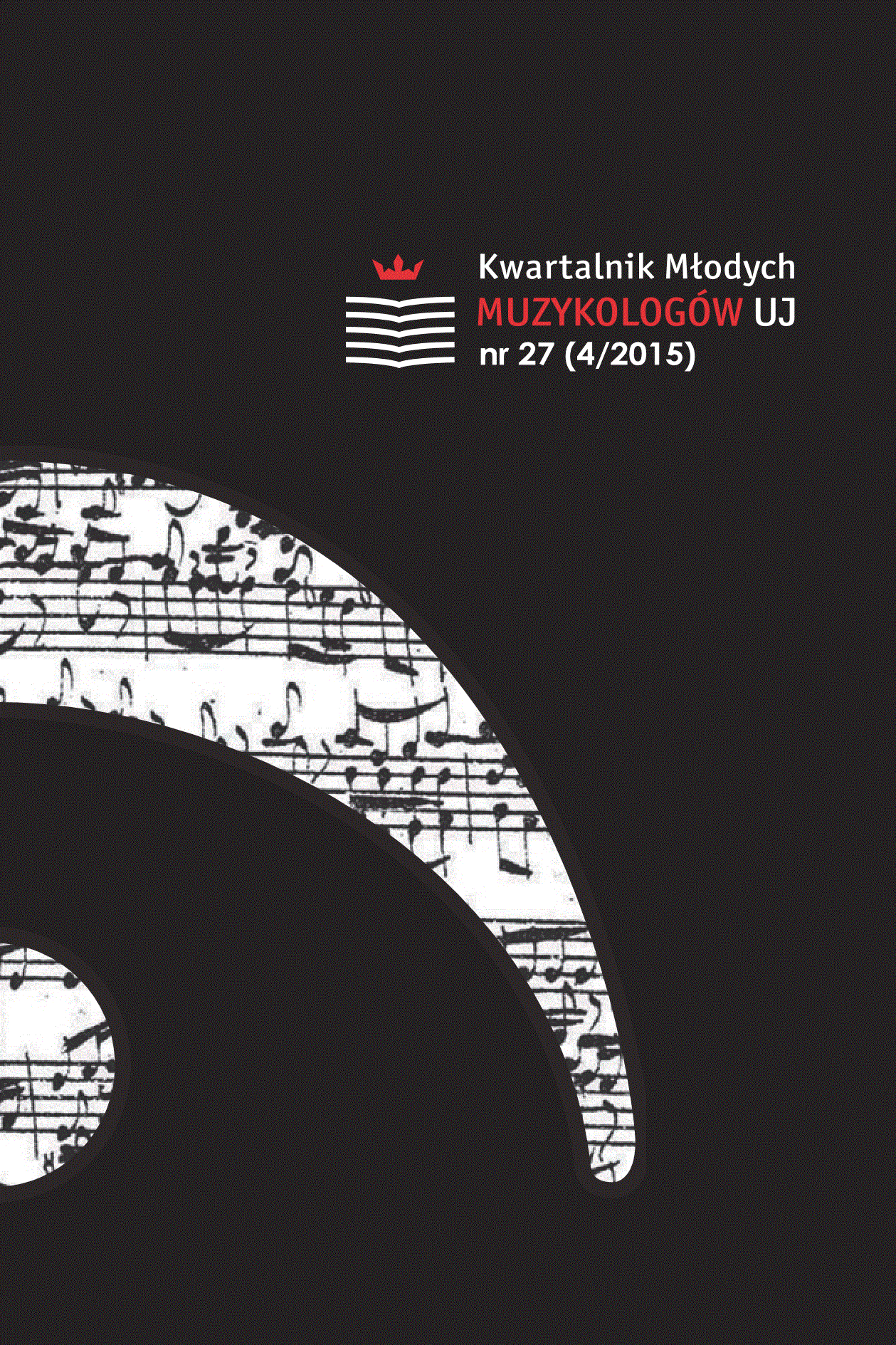
Idea wolności w tekstach piosenek heavymetalowych lat 80. w twórczości TSA, Turbo i KAT
This article focuses on principal subjects used in works of the following bands: TSA, Turbo and KAT. It characterizes the most important and most frequently used topics in the lyrics of songs. Characterization made in this article answers the question how lyrics fit music in common heavy metal convention. Furthermore, special attention waspaid to the subjects of freedom and mutiny as topics especially important in the context of Polish political system in the 1980s. Analysis of selected examples gives an overview of the specific approach of heavy metal musicians to these subjects, different from the approach of rock and punk rock musicians in that period. The main part of the article is preceded by an introduction presenting the origins of heavy metal music in Poland. The author shows its beginnings and influences of Western heavy metal bands on the form of heavy metal music in Poland. The scope of the work were the 1980s, since that decade was the space for the origin and evolution of heavy metal in Poland, as TSA, Turbo and KAT are the first Polish bands which began playing in this style and contributed to its development.
More...
